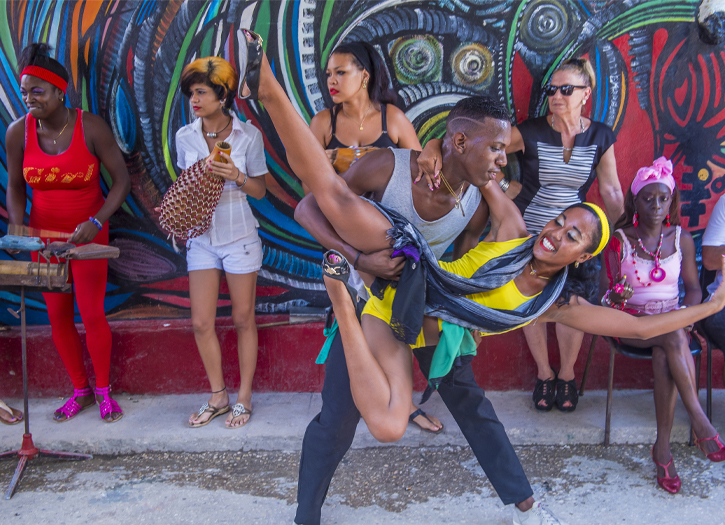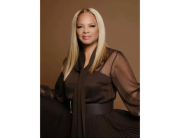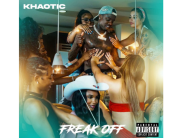Congolese rumba, also known as Rumba Lingala after its predominant language, is a popular genre of dance music which originated in the Congo basin during the 1940s, deriving from Cuban son.
The style gained popularity throughout Africa during the 1960s and 1970s.It is known as Lingala in Kenya, Uganda and Tanzania after the Lingala language of the lyrics of the majority of the songs. In Zambia and Zimbabwe, where Congolese music is also influential, it is still usually referred to as rumba. Today, it incorporates other styles such as the kwasa kwasa and the fast tempo zouk It is also an individual dance.
To Africans, Cuban popular music sounded familiar and Congolese bands started doing Cuban covers, singing the Spanish lyrics phonetically. Eventually they created original compositions with lyrics in French or Lingala, a “lingua franca” of the western Congo region. The Cuban horn guajeos were adapted to guitars.The Congolese called this new music “rumba”, though it was more based on “son”. Antoine Kolosoy, also known as Papa Wendo, became the first star of African rumba, touring Europe and North America in the 1940s and 1950s with his regular band, Victoria Bakolo Miziki. By the 1950s, big bands had become the preferred format, using acoustic bass guitar, multiple electric guitars, conga drums, maracas, scraper, flute or clarinet, saxophones, and trumpet. Grand Kalle et l’African Jazz (also known as African Jazz) led by Joseph Kabasele Tshamala (Grand Kalle), and OK Jazz, later renamed TPOK Jazz (Tout Puissant Orchestre Kinshasa, meaning “all-powerful Kinshasa band”).
In the 1950s and 1960s, some artists who had performed in the bands of Franco Luambo and Grand Kalle formed their own groups. Tabu Ley Rochereau and Dr. Nico Kasanda formed African Fiesta and transformed their music further by fusing Congolese folk music with soul music, as well as Caribbean and Latin beats and instrumentation. They were joined by Papa Wemba and Sam Mangwana, and classics like Afrika Mokili Mobimba made them one of Africa’s most prominent bands. Congolese “rumba” eventually evolved into soukous.Tabu Ley Rochereau and Dr Nico Kasanda are considered the pioneers of modern soukous. Other greats of this period include Koffi Olomide, Tshala Muana and Wenge Musica.
Soukous now spread across Africa and became an influence on virtually all the styles of modern African popular music including highlife, palm-wine music, taarab and makossa. As political conditions in Zaire, as the Democratic Republic of Congo was known then, deteriorated in the 1970s, some groups made their way to Tanzania and Kenya. By the mid-seventies, several Congolese groups were playing soukous at Kenyan night clubs. The lively cavacha, a dance craze that swept East and Central Africa during the seventies, was popularized through recordings of bands such as Zaiko Langa Langa and Orchestra Shama Shama, influencing Kenyan musicians. This rhythm, played on the snare drum or hi-hat, quickly became a hallmark of the Congolese sound in Nairobi and is frequently used by many of the regional bands.







Add Comment
You must be logged in to post a comment.